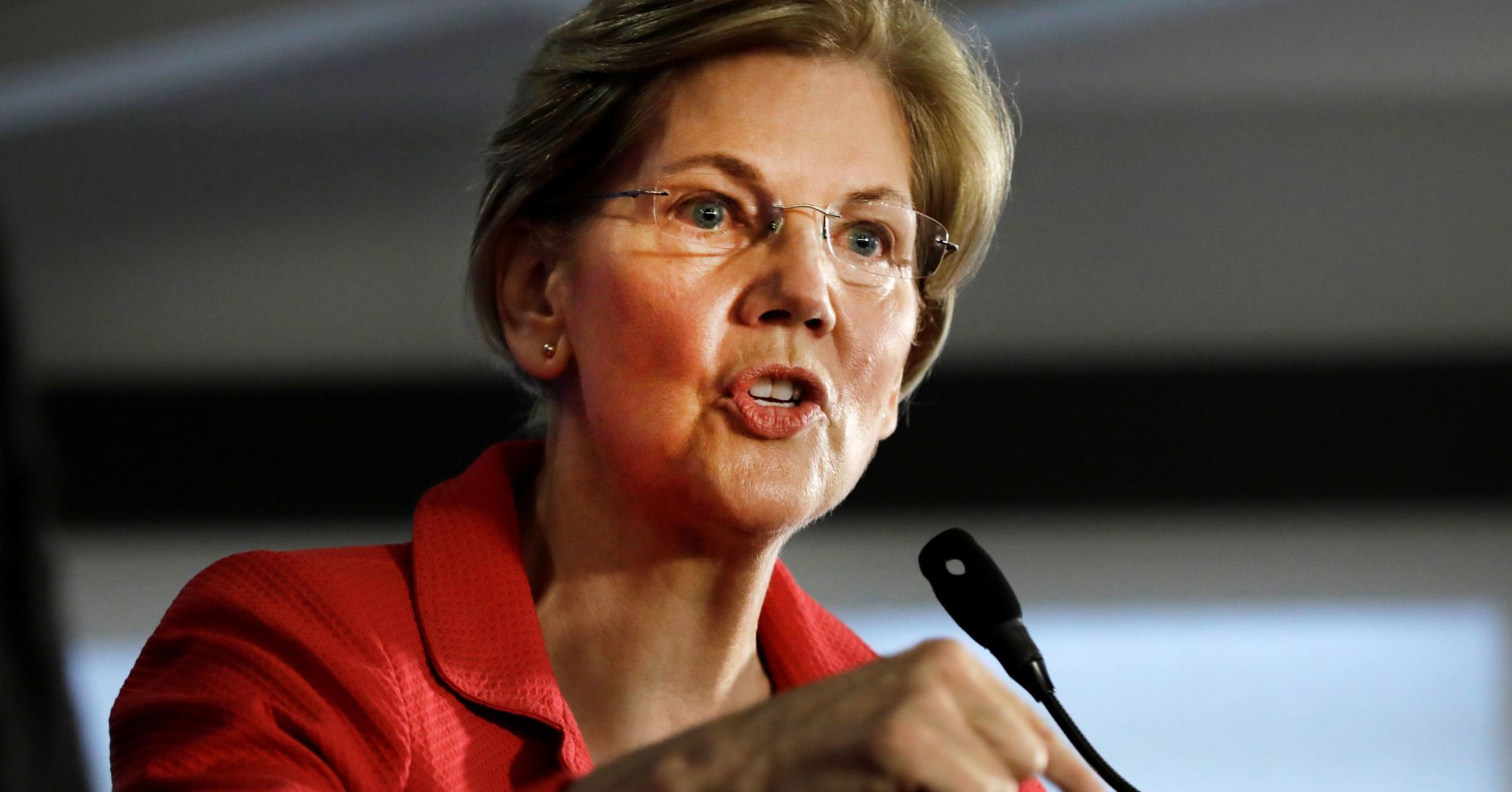Ahead of the financial crisis, a buildup of leverage on bank balance sheets that went largely undetected by regulators helped cause the worst downturn since the Great Depression. Sen. Elizabeth Warren is afraid the same thing is happening again a decade later.
The Massachusetts Democrat said Thursday that she thinks the Federal Reserve and its fellow watchdogs of the financial system are overlooking a dangerous buildup of loans going to companies that are already deeply in debt. The so-called leveraged loans helped undermine the financial system before and are building up again, now totaling $1.1 trillion.
In a face-to-face hearing with Fed Governor Randal Quarles, the vice chair of supervision and thus the central bank’s leading bank regulator, Warren said she is worried about a lack of oversight.
“I’m not sure that I see much distinction between what you’re doing now and what the Fed was doing in pre-2008, and I think that’s deeply worrisome,” she said. “I’m very concerned that the Fed dropped the ball before and they may be dropping it one more time.”
Leveraged lending actually has declined in 2018 from its blistering pace the year before.
Total volume in the third quarter hit $177 billion, a 40 percent slide compared to the record pace of the same period in 2017, according to Thomson Reuters. Issuance so far this year is tracking at $930 billion, which is a 12 percent decline from a year ago.
Institutional share of leveraged loans edged lower to 58 percent in the third quarter, against 60 percent from 2017.
Still, Warren said she sees echoes of the current situation from what happened before the crisis, when subprime loans to underqualified borrowers helped tank the financial system. The senator outlined her concerns in a letter to multiple regulators: Treasury Secretary Steven Mnuchin; Comptroller of the Currency Joseph Otting; Fed Chair Jerome Powell, Securities and Exchange Commission Chairman Jay Clayton and FDIC Chair Jelena McWilliams.
She challenged Quarles about whether the Fed is keeping a watch over bank leverage ratio and the standards institutions are using when approving loans.
“The Fed dropped the ball before the 2008 crisis by ignoring the risks in the subprime mortgage market,” Warren sad. “What are you doing differently this time in coordination with other federal regulators so that you’re limiting the risk that leveraged loans cause serious harm to the financial system?”
WATCH: Economic mystery: Why you may not be feeling a boost in wages
The two sparred over what level of supervision the Fed should be providing, with Quarles pointing out that banks received “guidance” on the issue several years ago and that it’s not the central bank’s duty to “enforce” something that was not codified as a rule.
“We are holding them to standards of safety and soundness,” he said. “We are not in any way abrogating or not looking at leveraged lending.”
Warren is considered likely to run for president in 2020. Her remarks came a day after Rep. Maxine Waters told Quarles, during a House Financial Services Committee hearing, that when she takes over as chair of the panel next year that the Fed’s efforts to dial back on regulations in a way that threatens the economy won’t be tolerated.
In her letter and during remarks, Warren said that it won’t just be banks that could get burned by leveraged loans — highly indebted companies could get hit as well if the economy turns south while the Fed raises short-term rates and causes borrowing costs to escalate on the adjustable-rate loans.


 Signal2forex.com - Best Forex robots and signals
Signal2forex.com - Best Forex robots and signals




